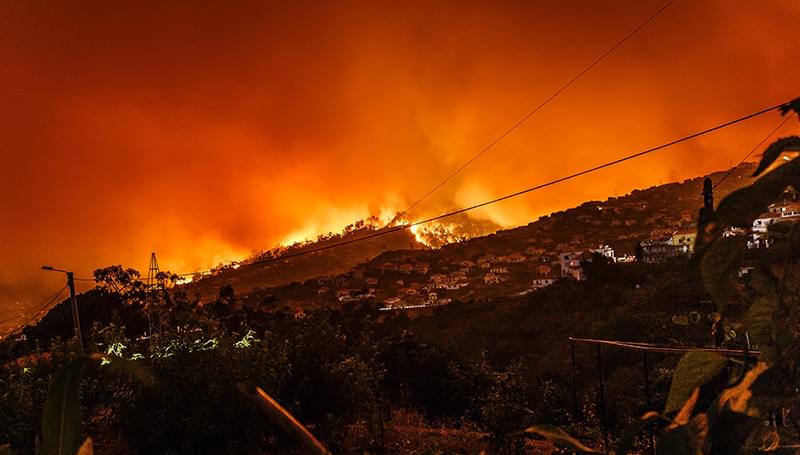What is COP all about?
Since the mid-1990s, world governments gather almost every year to debate and decide on climate action, funding, and policies. Each of these formal meetings is known as a COP or conference of the parties, and is managed by the United Nations. Conference of the parties is a legal phrase for a meeting of countries that have signed up to an international treaty and in the case of climate change, this is the United Nations Framework Convention on Climate Change (UNFCCC).
The UNFCCC was the first international treaty to commit every country to work to "avoid dangerous climate change." It finally came into effect in 1994, with the first COP held in Berlin in 1995.
For many years, decisions made at these COP climate meetings did not have a clear global goal. This changed at COP21 held in Paris in 2015, where it was agreed that global warming should be limited to well below 2° Celsius above pre-industrial levels, and preferably at the safer limit of 1.5° Celsius.
In all these talks, governments are guided by reports and analysis completed by the IPCC (Intergovernmental Panel on Climate Change). This is the United Nations body that brings together all the science research on climate change, climate impacts, and actions needed to remain within safe limits.
 Michael Held / Unsplash
Michael Held / Unsplash
To achieve these goals, countries set out targets known as Nationally Determined Contributions (NDCs). These initial targets were nowhere near enough to limit warming to 1.5° Celsius or even 2° Celsius.
So, built within the Paris Agreement is the idea of a global stocktake every five years. This means that all countries have to see what progress has been made and what still needs to be done.
COP28 in Dubai marked a historic moment with the completion of the first global stocktake and a groundbreaking agreement for countries to transition away from fossil fuels. Building on this momentum, COP29 in Baku, Azerbaijan will focus on implementing these commitments and strengthening climate finance mechanisms. The conference, scheduled for November-December 2024, comes at a crucial time as nations work to align their actions with the Paris Agreement goals and address the urgent need for climate action.
A key focus of COP29 will be the implementation of the Loss and Damage Fund established at COP27 and operationalised at COP28, as well as progress on the commitment to provide climate finance to developing nations. The conference will also need to address the gap between current national pledges and the Paris Agreement's temperature goals, particularly in light of the global stocktake findings.
See the Climate and COP glossary for definitions of the highlighted words and more.